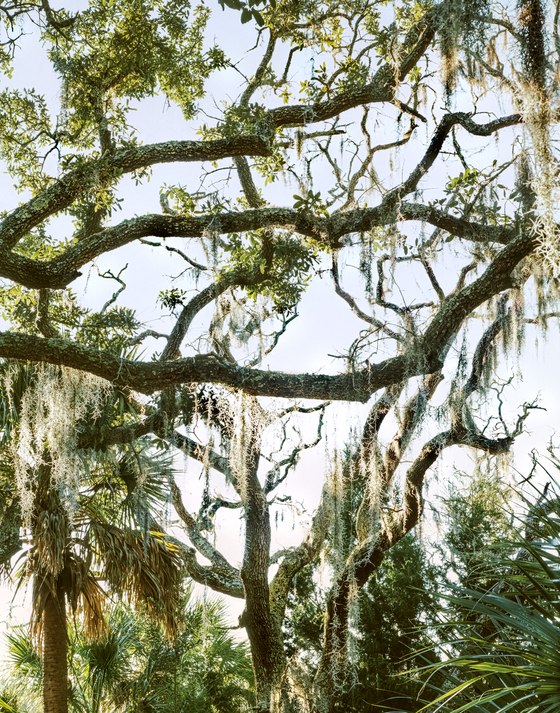The barrier islands along South Carolina's coast, including Spring Island, present a serene and relaxed appearance defined by their mild climate, lush vegetation, and tranquil waterways, all of which belies a tumultuous past. Geologically, this coastline formed when the enormous continent of Pangaea broke apart, creating North America and Africa and opening the Atlantic Ocean between them. The processes of building and eroding the coastal barrier islands alternated as the climate changed and sea levels rose and fell. Today, the island rests on a foundation of soft sediment skirted by marshland.
The botanical and cultural histories of the barrier islands are intertwined. Spring Island has served as a gathering place for native tribes and, in the last century and a half, a home for European immigrants. Over several millennia, it has been used for hunting, gathering fruits, building settlements, clearing land, and raising crops such as indigo, rice, and cotton.
Today, the island's nature preserve is privately held in trust to restore its natural history. Live oaks dominate the island's native plant life, reclaiming their original foothold. Their limbs bend at the elbow, with branches raised skyward. Long strands of Spanish moss hang from the trees, gathering water for nourishment, appearing grey when dry and green when wet. Beside the live oaks in this photograph stands a Sabal Palm on the left and smaller Needle Palms on the lower right. These plants thrive in the warm, moist climate and prosper in sandy soil, susceptible to sea spray and saline water that would inhibit the growth of many other plant species.
Location research and commentary by James Baker.

